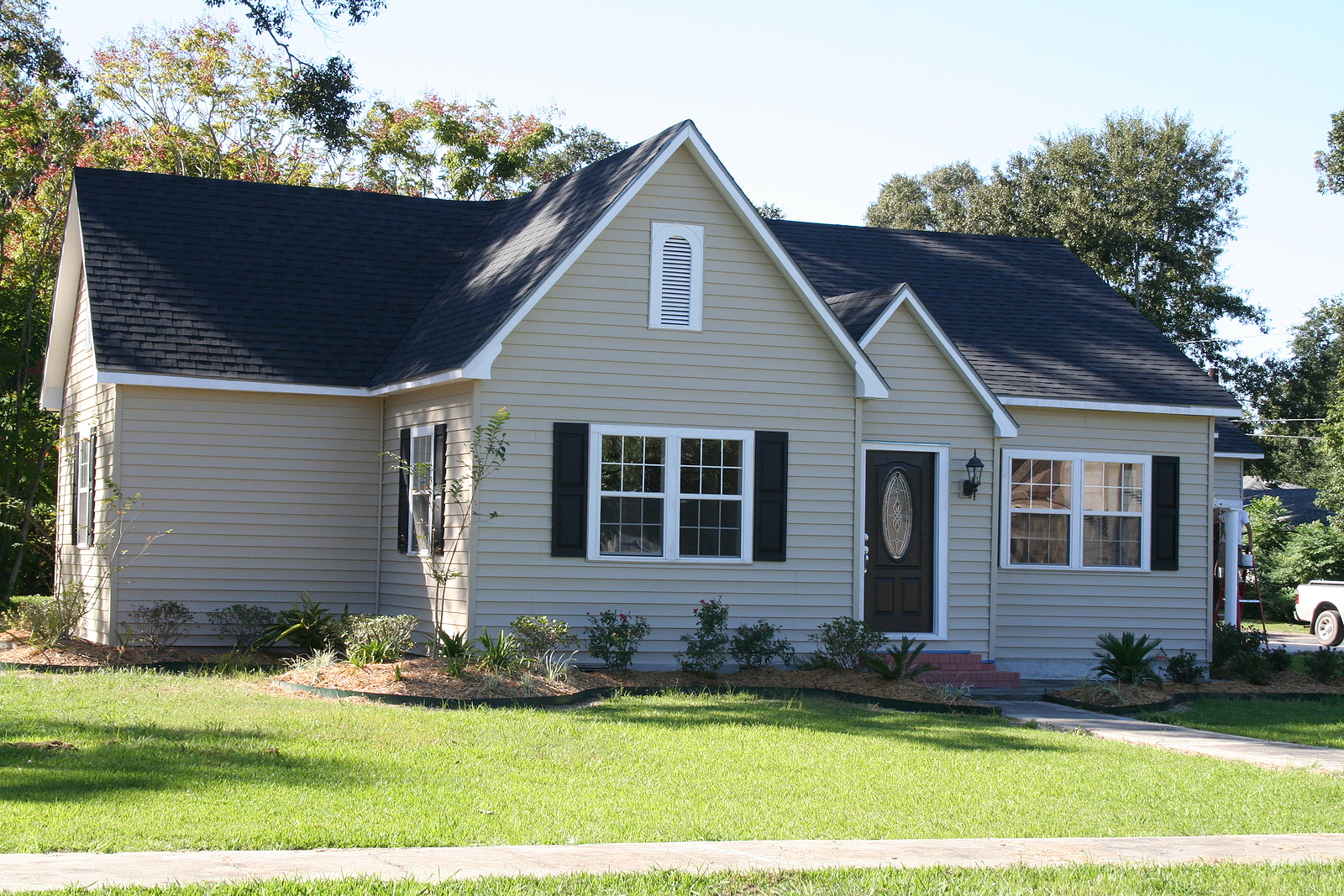In 1973, the median U.S. home size was 1,525 square feet. Since then, builders have gradually increased the square footage of the homes they construct. In 2007, home sizes hit their peak (2,227 square feet) and have been dropping ever since, according to the Census Bureau. Although Americans aren’t quite ready to completely give up their McMansions, the trend appears to be toward smaller homes.
A smaller footprint has its advantages. Let’s take a look at some of them.
Money Saver
The most obvious advantage to buying a smaller home is that the monthly payment will typically be lower than it would be if you bought a large home. Less obvious money-saving advantages include:
- Lower utility bills – less area to heat and cool.
- Smaller houses require less maintenance, which can cost a bundle with a large house — a smaller roof requires fewer materials to repair it, for example.
- Small homes cost less to keep clean – you’ll spend less on cleaning supplies and whatever you estimate your time is worth or the housecleaning service.
- Small houses cost less to furnish – the furniture that you do purchase will be smaller as well.
The case for downsizing to save money is even more urgent if you are nearing or in retirement. Annual property taxes and home maintenance can eat up a huge amount of your savings.
If you aren’t near retirement, think of what you can do with the money saved by downsizing – like furnishing it with high-quality furniture and appliances that will last longer; another cost-saving advantage.
No Wasted Space
Lifestyles have changed since the days when formal dining and living rooms were in vogue. Americans are awake to the fact that they have been paying for huge amounts of space that they seldom use. Today, most families eat in the kitchen or family room and any extra space is typically devoted to a home office or larger kitchens and bathrooms.
One of the most common fears when considering a smaller home, however, is the lack of storage space. The solution? Downsize all your “stuff” too. “We use 20 percent of what we own, 80 percent of the time,” according to Regina Brett at cleveland.com. This means that 80 percent of our “stuff” just sits, taking up valuable space.

If you feel that you absolutely can’t live without all of these belongings, reduce whatever you can, put the rest in storage and pull them out when you need to use them. I can’t say enough about the firms that help people reduce their stuff and take everything possible to charities. Such a valuable service for all of us that need help. Let me know if you would like a referral.
The rest can be stored creatively in a smaller home. Utilize the vertical spaces in the home, such as placing shelves above the washer and dryer or the clothing rod in the closet. Raise the beds to create storage space beneath them.
Peace of Mind
While living large is impressive, living small brings happiness, according to Stephanie Rosenbloom of the New York Times. Smaller homes require less work thus freeing up time for leisure activities and time to make memories.
Since they also cost less, the extra money can be used to create happiness. “Current research suggests that, unlike consumption of material goods, spending on leisure and services typically strengthens social bonds, which in turn helps amplify happiness,” Rosenbloom claims.
Yes, large homes still signify status – especially if the home is of the luxury variety. If this isn’t your priority smaller may free you to do more interesting things.
Reach out to me for more ideas on downsizing to a smaller home.
For a free consultation about selling your family home in Woodland Hills, Calabasas, West Hills or the San Fernando Valley Call Janey Bishop (818)570-1144 email [email protected] or watch my videos at https://janeybishop.video/Empty-Nest-Downsizing-Playlist Senior Real Estate Specialist Probate Certified Real Estate Collaboration Specialist – Divorce




